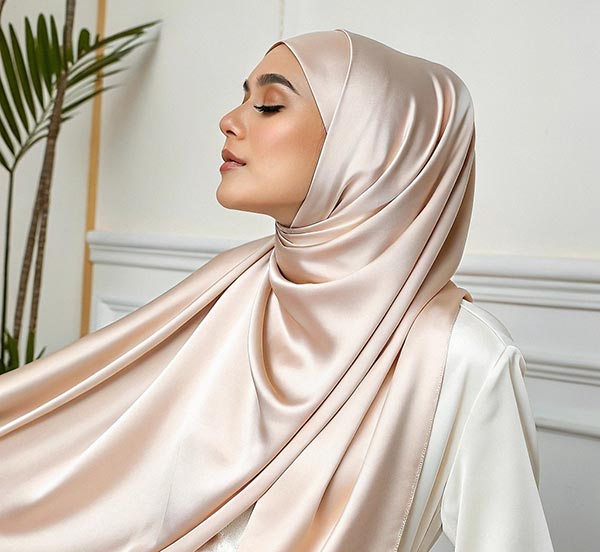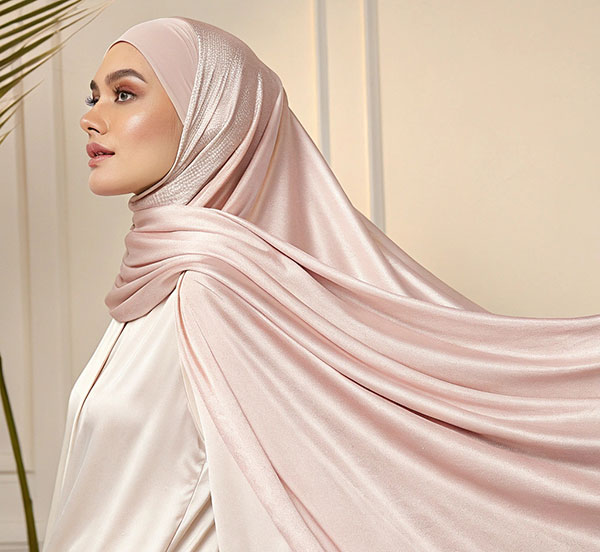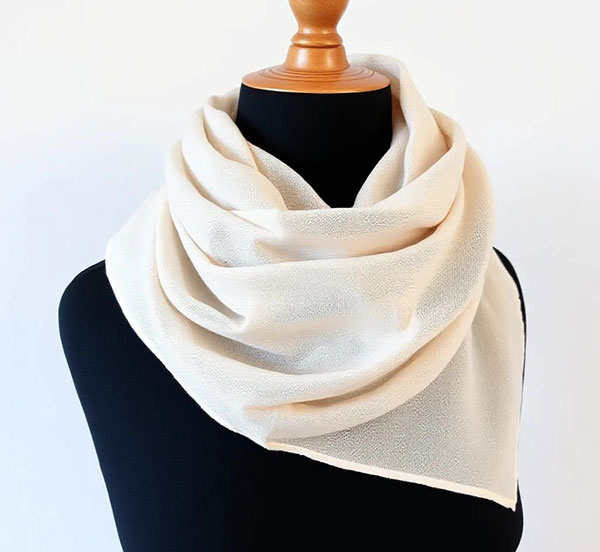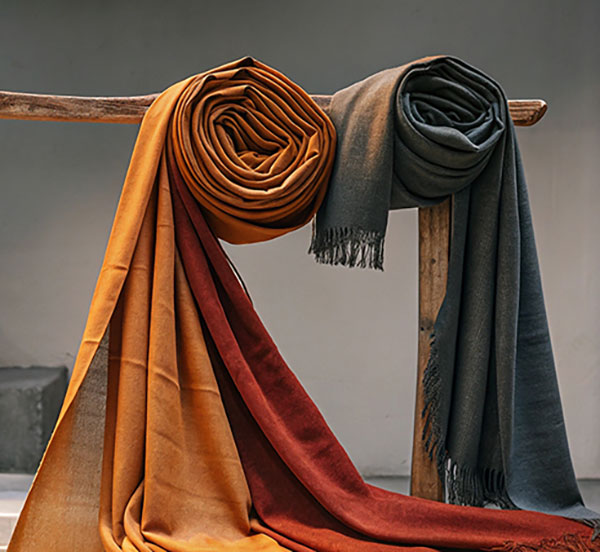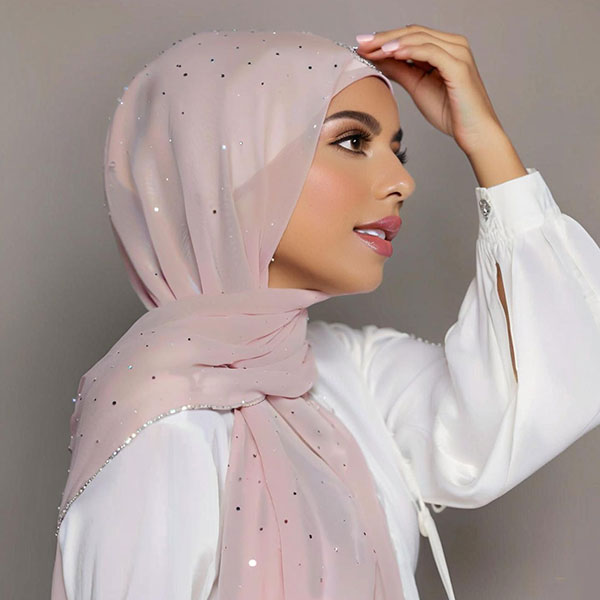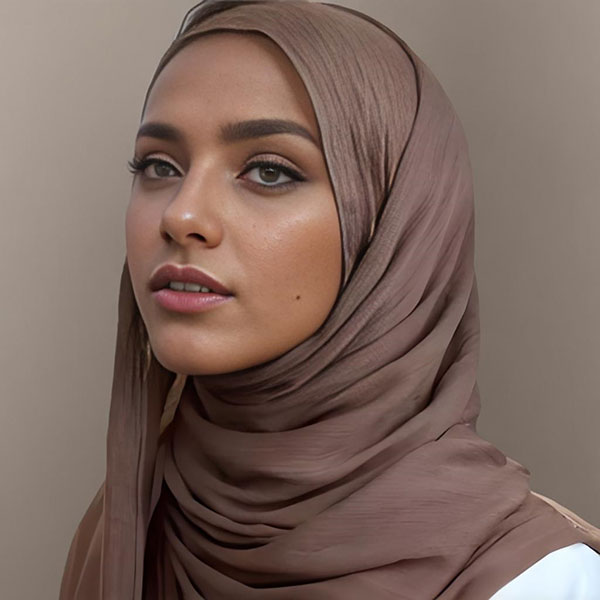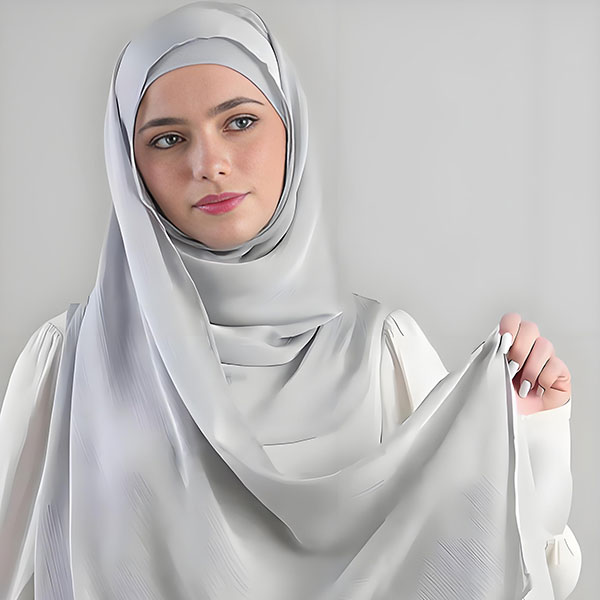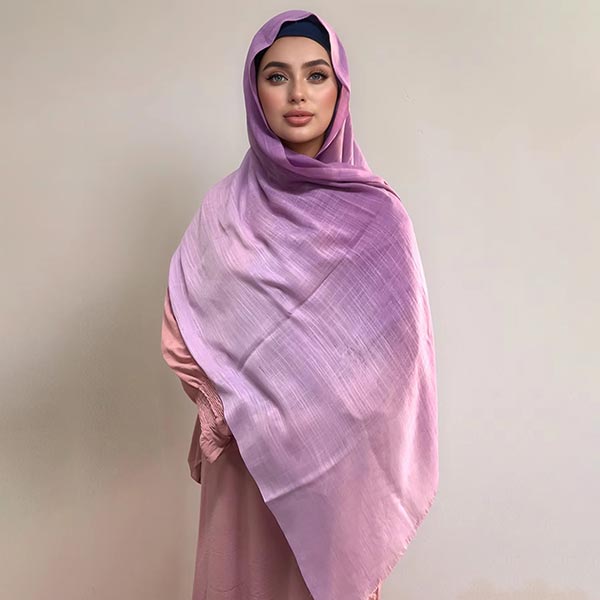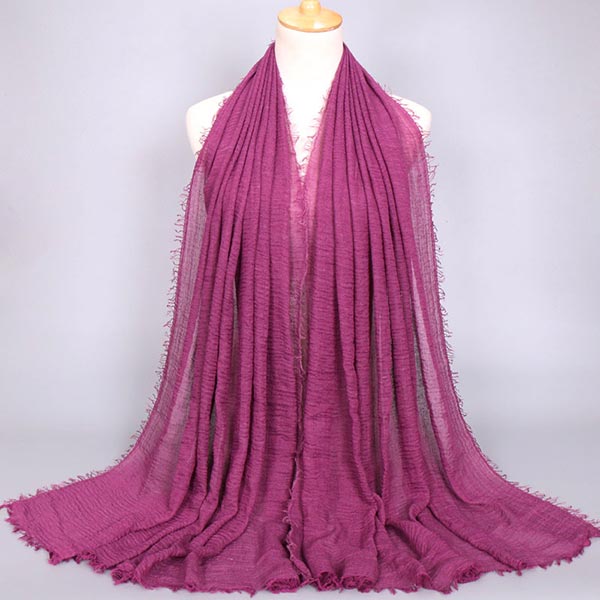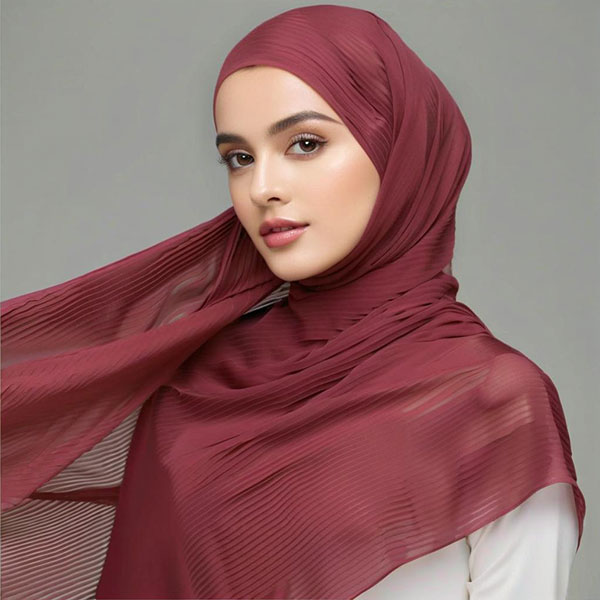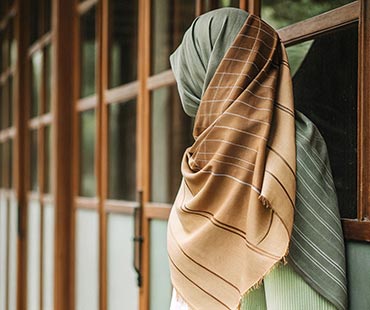Silk scarves have long been a symbol of elegance and luxury, adorning the neck and adding a touch of sophistication to any outfit. However, due to their delicate texture, special care is required to ensure they maintain their beauty and shine for a long time. In this comprehensive guide, we will explore the right ways to clean and maintain these beautiful accessories.
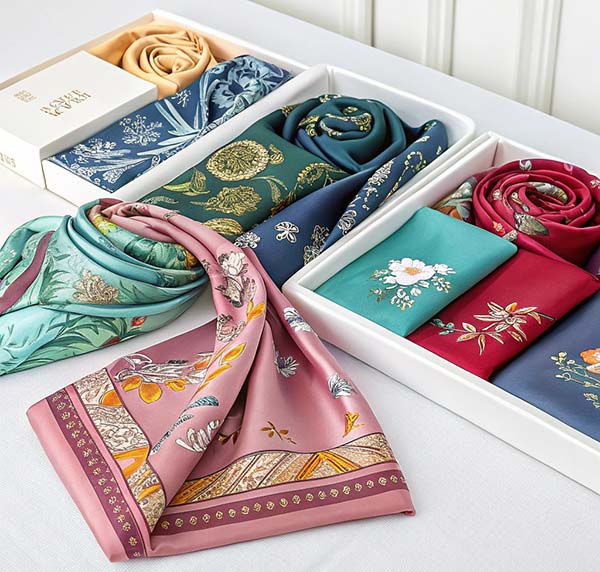
1. Cleaning the scarf: a gentle process
When it comes to cleaning scarves, the first rule is to avoid harsh detergents and rough treatments. Hand washing is almost always the recommended method. First, fill the wash basin or sink with warm water. The water temperature should be around 30 degrees Celsius (86 degrees Fahrenheit) because hot water can cause the silk fiber to shrink and lose its elasticity.
Next, choose a mild, pH-neutral detergent that is specially formulated for silk or delicate fabrics. Add a small amount of detergent to the water and stir gently to form a soapy and aqueous solution. This is crucial because ordinary detergents are too alkaline and can damage the silk.
Carefully place your scarf into the water to make sure it is completely submerged. Let it soak for a short period of time, not more than 10 minutes. Too long soaking can cause discoloration and weaken the fabric. During this time, you can gently rotate the scarf in the water to help remove any dirt or stains.
For stubborn stains, it is best to treat them as early as possible. Gently wipe the stain with a soft white cloth dipped in soapy water. Avoid friction as this can destroy the fine weaving of silk. If the stain remains, a professional dry cleaner may be the best choice.
Once the soaking time is up, pour out the soapy water solution and rinse the scarf thoroughly with clean warm water. Make sure to remove all detergent residues, as any residue can cause discoloration and hardening. To make your scarf shine more, you can add a small amount of white vinegar to the water for the last rinse. White vinegar helps neutralize any residual alkali and restore the silk’s natural luster. Use about 1 part of vinegar to 10 parts of water.
After rinsing, gently squeeze out the excess moisture from the scarf. Don’t twist it too tightly as this will cause the scarf to deform. Instead, press gently and drain the moisture with a towel. Then, place the scarf flat on a clean and dry towel and place it in a cool and ventilated place to dry. Direct sunlight must be avoided completely because the UV light will fade and make the silk brittle.
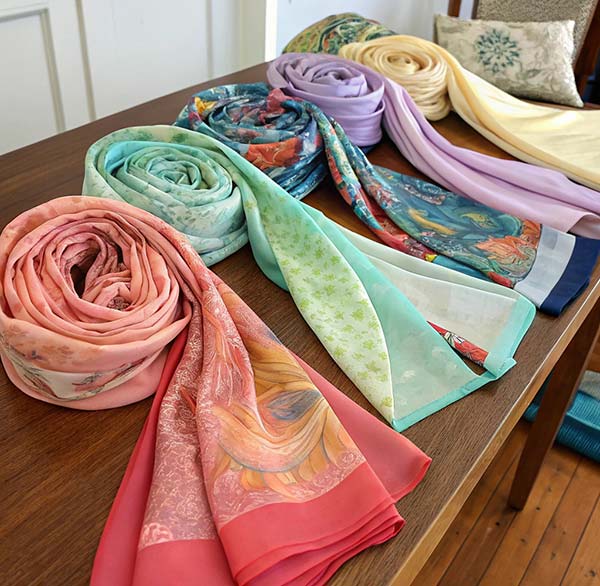
2. Maintenance scarf: extend its lifespan
Proper care of scarves is more than just cleaning. Storage is also a key aspect. When not in use, it is best to place the scarf flat on the drawer or shelf. If you prefer hanging, use a padded or smooth hanger to prevent wrinkles. Try to avoid folding the scarf for a long time as this can lead to permanent wrinkles.
To protect your scarf from dust, borers and other potential damage, consider placing it in a breathable cloth bag or box. You can also put a few lavender sachets to drive away the moths. Also, be sure to keep your scarf away from sharp objects such as jewelry or keys to avoid hooking or tearing the fabric.
Another important factor in maintaining a scarf is avoiding exposure to chemicals. Perfume, hair spray, and even some lotions will leave stains or damage silk fibers. It is recommended to use these products before wearing scarves and let them dry completely.
Ironing a silk scarves can be a bit tricky. If your scarf is wrinkled, turn the iron to a minimum temperature. It is crucial to place a damp cloth between the iron and scarf to prevent direct contact. This not only protects the silk from overheating, but also smooths wrinkles more effectively. Test first in a small, inconspicuous place to make sure the temperature does not cause any harm.
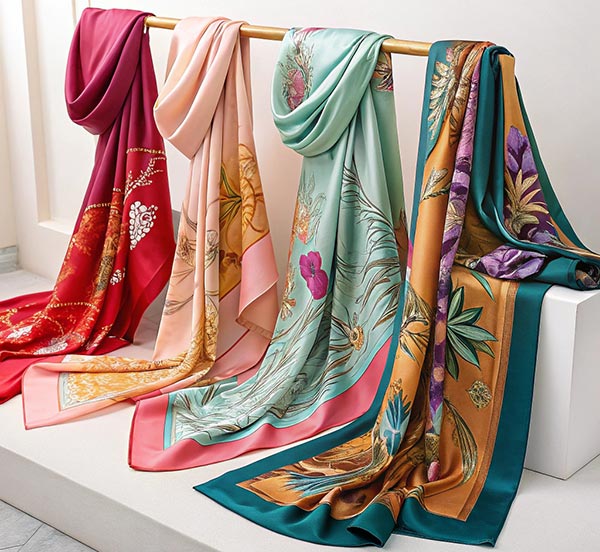
3. The durability of silk scarves
Under ideal storage and maintenance conditions, a high-quality silk scarf can last for decades. If you follow the above steps strictly to wash, dry and store to avoid physical damage, chemical erosion and excessive sun exposure, the fiber structure will remain relatively stable. In daily use, even if worn frequently, as long as it is properly treated after each use, it can maintain its soft and smooth texture and will not fade easily. For example, some silk scarves passed down from generation to generation are still bright and intact after years of baptism, adding charm to the outfit of their family. However, if the maintenance is not good, such as long-term exposure to the sun, using the wrong detergent, folding and extruding at will, the scarf may fade, harden, and break in just a few years, greatly shortening its service life. Therefore, if you want to make a silk scarf a long-term fashion companion, careful care is the key.
In short, by mastering the correct cleaning and maintenance techniques, your scarf can become a precious accessory for many years. Follow these simple but crucial tips, you can keep it elegant, soft and vibrant colors and allow it to continue to elevate your style and add glory to any occasion. Whether it is a precious heirloom or a newly purchased luxury item, carefully caring for your scarf is an investment in its lifespan and your personal sense of fashion. So, next time you pick up that delicate scarf, you can confidently think you have the ability to keep it in the best shape.
As consumers become increasingly aware of the value of quality accessories and the importance of proper care, understanding how to clean and care for silk scarves are not only practical, but also a respect for the craftsmanship and aesthetics embodied in these items. Remember, a carefully cared scarf is more than just a fashion accessory. It is a work of art that can be passed down from generation to generation.
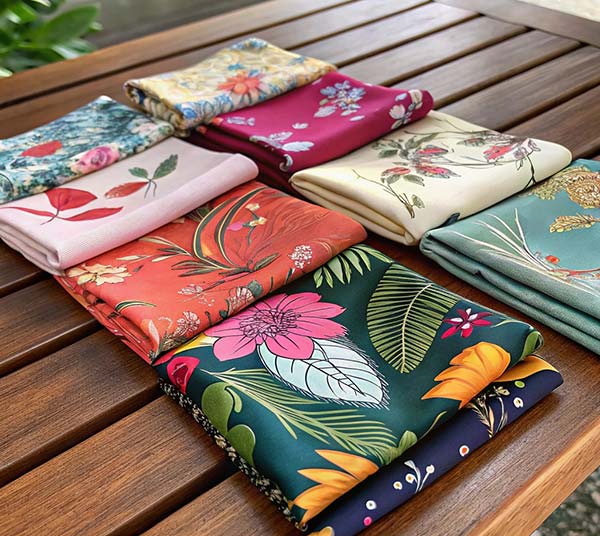
4. How can I get a quote?
You can contact our sales staff. Please provide as clear and detailed details of your needs as possible. For example, materials, design, size, color and quantity.
Usually, we offer a quote within 8 hours after receiving your inquiry.
If you are in a hurry to ask for a price, please let us know so that we can prioritize your inquiry.
For design or further discussion, it is best to contact us via WhatsApp or email in case of any delays.

